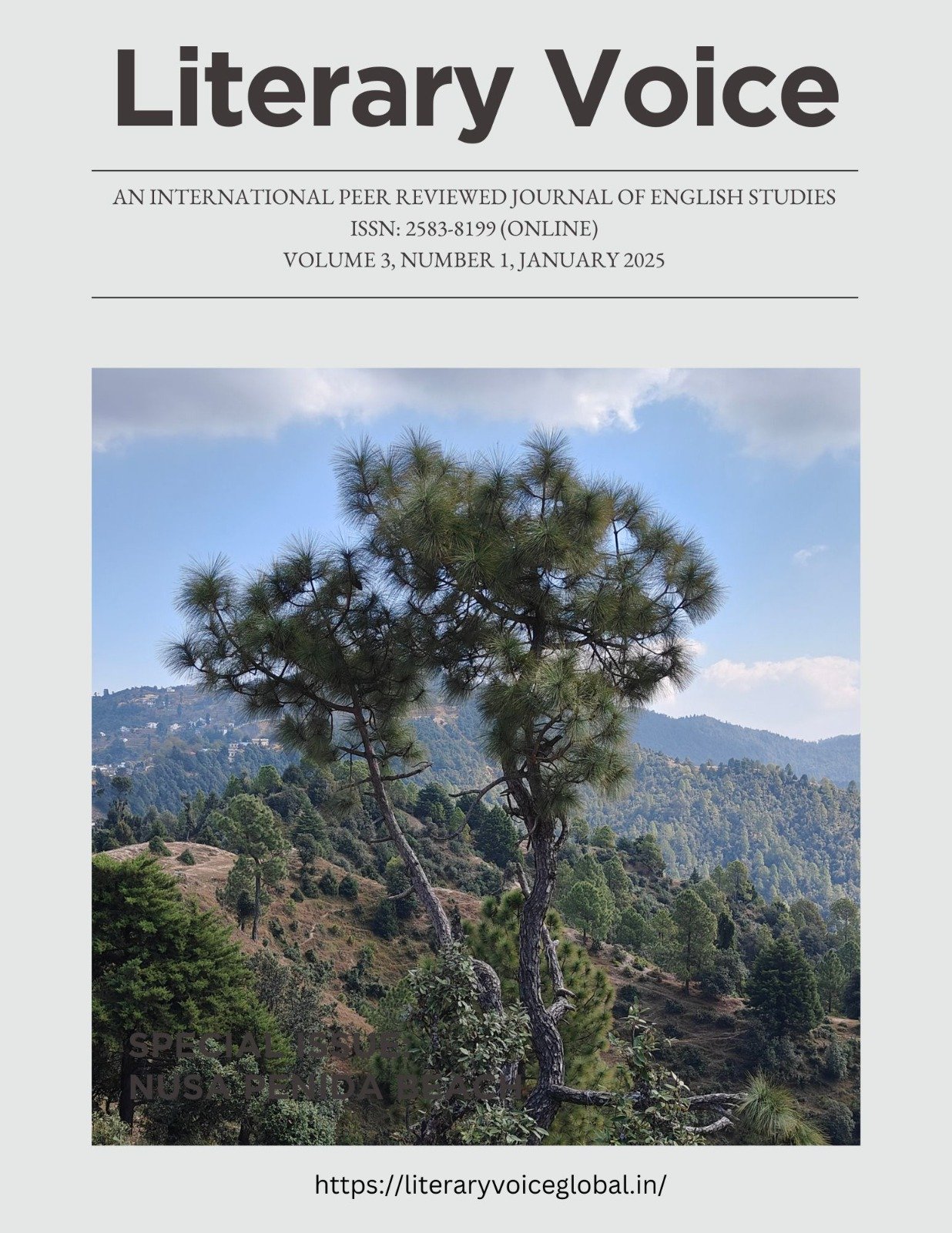The Cultural Genealogy of ‘Bharat Mata’ and Mothers in Gandhian Discourse: A Reading of Raja Rao’s Kanthapura and Doodhnath Singh’s “Mai ka Shokgeet”
DOI:
https://doi.org/10.59136/lv.2025.3.1.133Keywords:
Gandhian Movement, Bharat Mata, Culture, Mother, EmancipationAbstract
This paper proposes to interrogate the cultural genealogy of Bharat Mata and the posited connection of the anthropomorphic image with the accent on women’s participation in the Gandhian movement in terms of the fictional, textual space of Raja Rao’s Kanthapura and Doodhnath Singh’s long short story, “Mai Ka Shokgeet.” Both the texts offer a serious, sustained engagement with the idea of women’s assimilation and participation in the Gandhian nationalist movement, and indeed stage this engagement in terms of how it is practiced in everyday lives of ordinary women.
The Gandhian movement is credited with being the most participatory and inclusive mass movement. Records suggest that the kind of participation of women it ensured in the public domain remains unparalleled. Part of the reason for this overwhelming participation may perhaps have to do with not only how Gandhian discourse effectively played upon the iconic symbol of Bharat Mata /Mother India: this had been successfully done in various preceding as well as parallel nationalist/ revivalist movements. None of the other movements, however, correlated Bharat Mata with the lives of ordinary mothers as effectively. In the Gandhian framework, not only were women expected to participate in the struggle to free Bharat Mata; their collective participation was held out as the promise as well as proof of their own emancipation.
This paper, shall examine how, in these texts Bharat Mata gets established in a reinvented myth as a besieged deity; and why, therefore, her devoted son Gandhi must be assisted in every way possible. The paper shall attempt to understand how this myth circulates, negotiates resistance and gains currency. How at the outset, it is presented as an intervention in known lores, which requires interpretation of a knowledgeable insider in order to be accessed by an entire community or group. The interpretation, of course, is inevitably geared at inspiring women listeners to enlist in Gandhi’s ‘army’. Interestingly, these women, in the very act of accepting this conscription–which is a radically changing experience for them–often turn the Gandhian agenda into something radically different as well. Eventually, the pursuit of the Gandhian promise of emancipation is transformative, though not necessarily as desired. These leading faith keepers of Mother India (who incidentally are almost never mothers), manage to come good even when the Gandhian dream does not.
Downloads
Downloads
Published
Issue
Section
License

This work is licensed under a Creative Commons Attribution-NonCommercial 4.0 International License.




